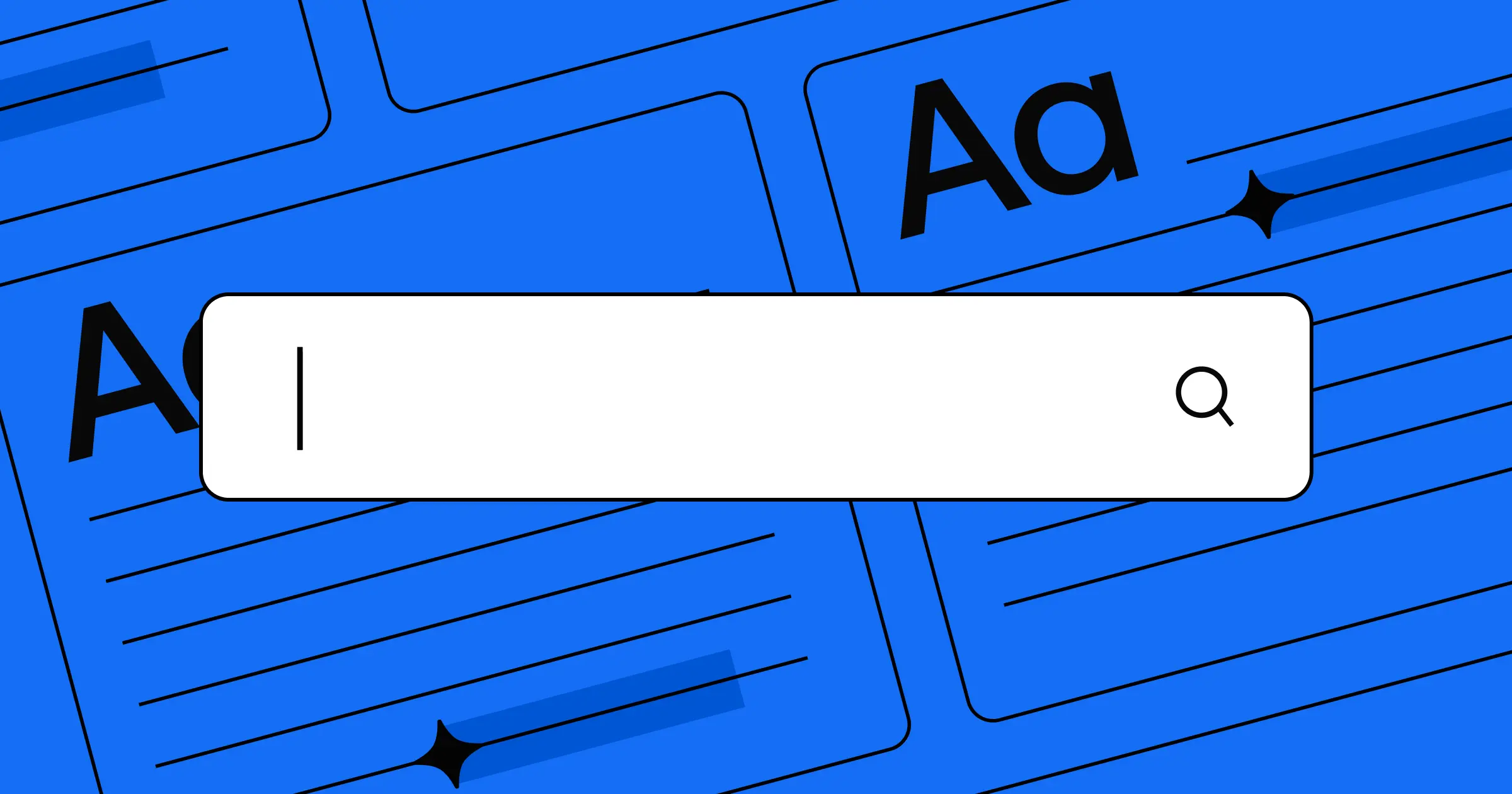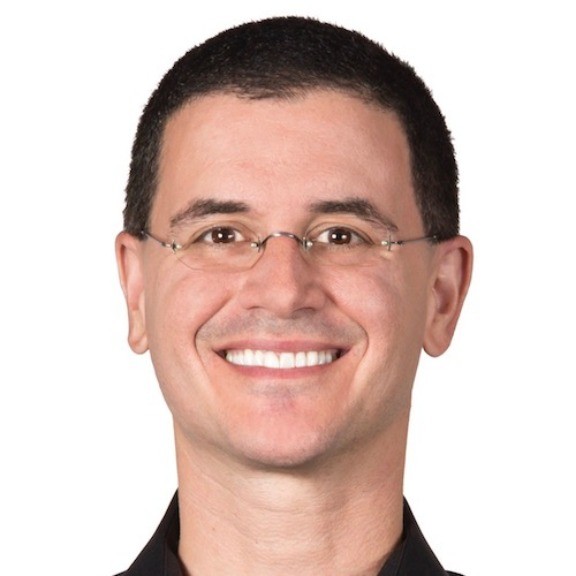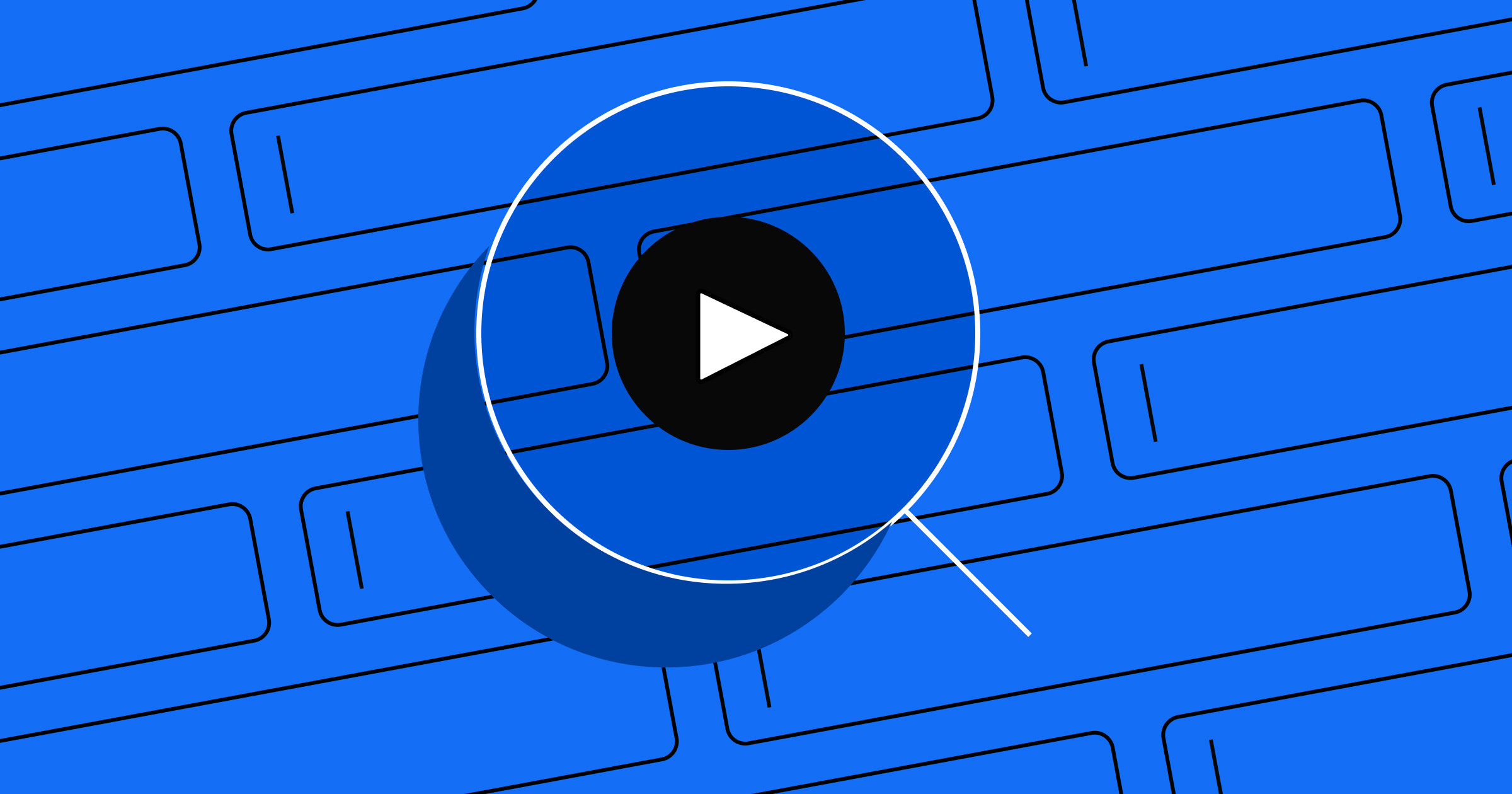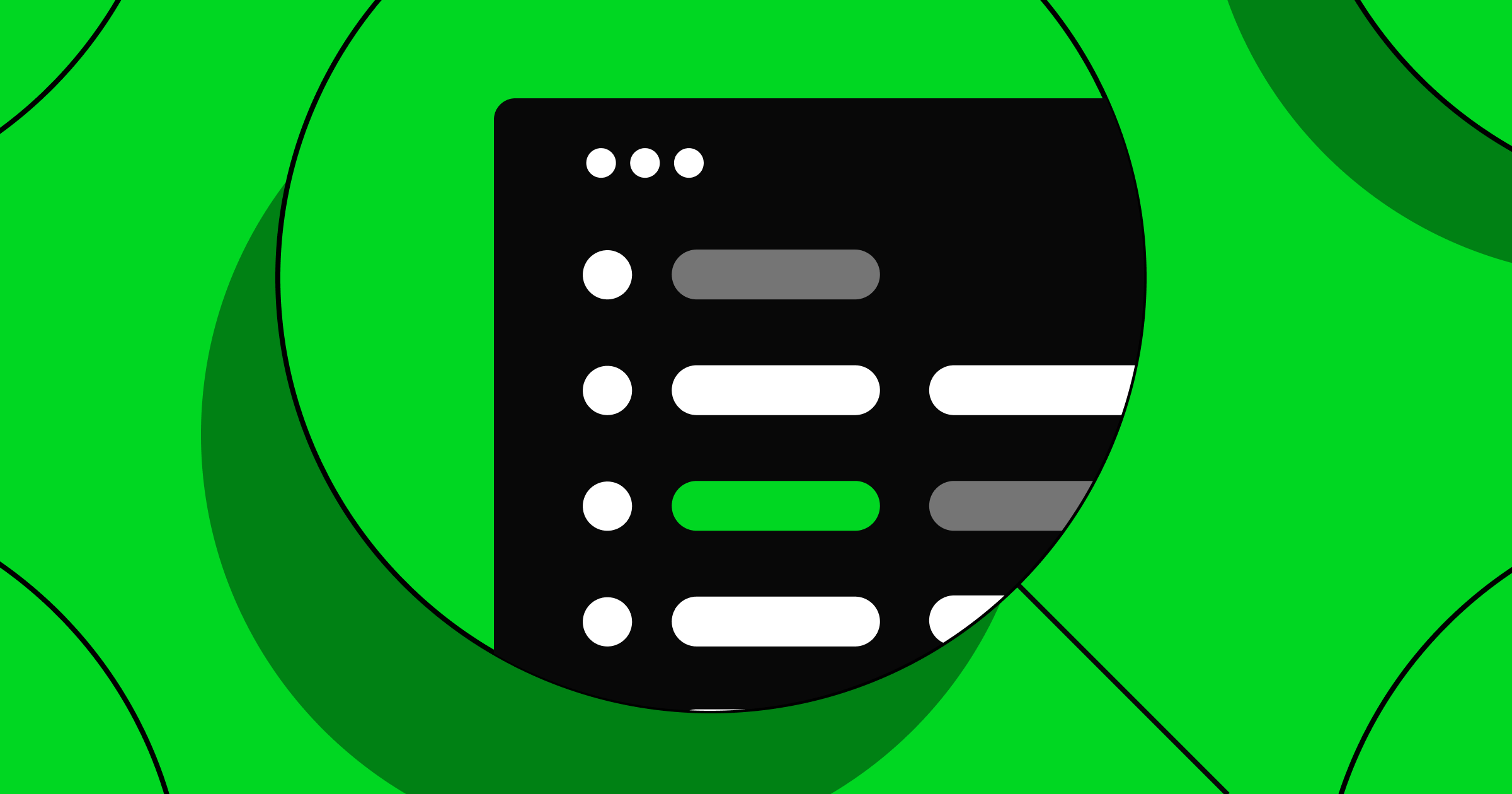The way people discover and connect with brands is shifting.
Large language models (LLMs) are changing how information is presented online in a way that reshapes brand narratives and drives less organic traffic to websites. In a recent Webflow study, only one in four marketing practitioners acknowledged that they understood AEO, even though 93% of CMOs believe AEO will be critical to their company’s success in the next two years. For CMOs and the SEO leaders who support them, the challenge is clear: how do you build brand presence and drive revenue in an era where AI increasingly influences the search experience?
At Webflow, we believe the answer lies in focusing on the four categories of Answer Engine Optimization (AEO): content, technical, authority, and measurement. In our previous post, we introduced the AEO maturity model. In this article, we’ll take a closer look at the content category, and explore what it takes to optimize the owned content that fuels long-term visibility and growth. We’ll break down each level of content maturity, outlining the goals to advance to the next stage, along with thoughtful questions to guide your team and practical steps to help you get there.
If you take away one thing
If there’s one takeaway, it’s this: AEO shifts content from simply targeting keywords to answering buyer questions, and ultimately delivering personalized, relevant experiences.
Level 1: Write for keywords
At this stage, content strategy is anchored in page-focused SEO. Most efforts center on keyword-heavy, product-oriented pages like homepages, landing pages, product pages or About Us sections.
Content is typically created as one-off pieces, with little connection to an ongoing narrative, and rarely updated. Blogs and FAQs, which LLMs often favor for their digestible, well-structured answers, are either missing or stale.
The result? Organic traffic at this level is mostly branded search, implying that your content primarily captures people who already know you or are close to buying.
Goal to advance: Shift from counting keywords to answering real buyer questions.
Questions to ask:
- What questions do buyers consistently ask in deals that we win?
- Where is the content we’ll update or create to start answering them comprehensively?
How to get started:
A sampling of practical steps that SEO practitioners can take to move toward Level 2:
- Identify the top ten questions buyers are asking (via sales calls, support tickets, or email threads).
- Create or update five pages that directly answer one of these questions in plain, clear language.
- Refresh five high-traffic but outdated pages with current information, clearer language, and a visible “last updated” date.
Level 2: Start answering questions
At level 2, content starts to shift from keyword repetition to directly answering buyer questions. A handful of pages may appear in featured snippets or “People Also Ask” results. Content freshness improves, with about half visibly updated in the last year, and writing is clearer and more comprehensive. Still, much of the strategy remains keyword-driven.
Goal to advance: Evolve from isolated and scattered answers to cohesive clusters that cover core topics.
Questions to ask:
- For our top buyer questions, what related questions should we also be answering?
- How are we planning content across the next two quarters to ensure consistent storylines?
- As we scale, how do we make sure our voice stays consistent and on-brand?
How to get started:
- Create multiple answer pages around 5 high-priority buyer questions.
- Focus on bottom-funnel content that target high “visit website” intent queries (for example, templates, competitor comparisons, or case studies)
- Rewrite answer pages into shorter, extractable passages with clear subheads.
- Improve readability for all new content to a Flesch score of 80+.
Level 3: Organize question clusters
At level 3, content evolves from scattered answers to structured clusters. Pages are semantically rich, easy to read, and designed in chunks that AI engines can readily surface. Competitor comparison pages begin to appear, and your authority on certain topics becomes clearer.
Goal to advance: Organize your clusters under a clear hierarchy to fully own entire topics.
Questions to ask:
- Which priority topic will we comprehensively own next?
- What will our annual flagship piece of content be?
- Where can we add original insights or data to differentiate from competitor content?
How to get started:
- Map one core topic across the funnel (awareness → consideration → purchase → advocacy).
- Create a flagship anchor asset such as an annual report or research study.
- Create multi-level answers that comprehensively cover related questions.
- Refresh high-priority pages every 3-6 months, localize content, and improve readability to Flesch 90+.
Level 4: Establish a hierarchy
At level 4, content is structured around intentional hierarchies that span the entire funnel, from awareness through purchase to advocacy. Each major topic is anchored by a flagship piece and surrounded by supporting answers. Updates are consistent, content is localized, and underperforming content is pruned.
Goal to advance: Move beyond coverage to personalization.
Questions to ask:
- Which content assets do prospects most engage with and would benefit from personalization?
- What flagship format or asset will set us apart this quarter?
- How are we aligning campaigns and hierarchies so every funnel stage is covered consistently?
How to get started:
- Create segmented landing pages by industry, persona, or use case.
- Personalize examples, visuals, proof points, and CTAs for each audience.
- Introduce at least one new format — video, animation, or interactive graphics.
Level 5: Programmatic, personalized content
At level 5, teams practice Programmatic AEO: a fully developed content program that delivers personalized, relevant experiences for each segment, persona, account, and even individual.
Traffic may be lower, but conversion rates rise thanks to tailored storytelling, experimentation, and 1:1 personalization. Flagship content becomes referenceable across your industry, accelerating sales cycles and strengthening brand authority. At this level, you are likely experimenting with advanced formats like interactive tools, calculators, animations, and AI-driven experiences.
Goal to advance: Stay agile in a rapidly evolving space. Continuously adapt to new formats, technologies and buyer behaviors to keep your content at the forefront of AI-driven discovery.
Questions to ask:
- How are we personalizing content for the segments that matter most this quarter?
- What new formats are we testing to stay ahead of competitors?
- How are we ensuring flagship assets remain industry-defining and relevant?
How to get started:
- Expand personalization as new segments emerge.
- Add interactivity with tools, calculators, or benchmarks.
- Monitor AI outputs to confirm our answers appear in search experiences.
Evolve your content for AEO success
Each level of content maturity builds on the last, evolving from keywords, to answers, to clusters, to hierarchies, and finally to personalization. For marketing leaders, this blog provides guidance to set the strategic direction of your AEO work by asking the right questions. For SEO practitioners, it’s full of project ideas and recommendations to put those strategies into action, driving the kinds of initiatives that move the organization one level higher in AEO maturity.
The payoff is greater control of your brand narrative in AI-driven search, and the ability to drive more growth from your existing content.
Curious where your organization stands today? Take our quick AEO maturity assessment and see how your content stacks up, with tailored recommendations to accelerate your progress.
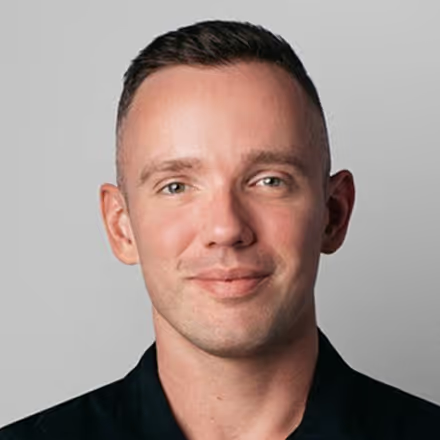
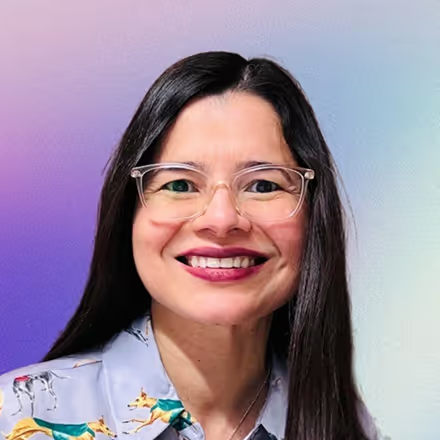
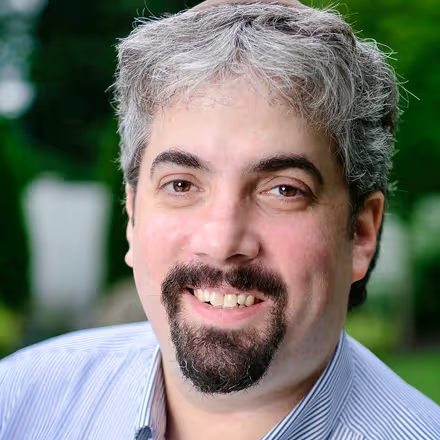


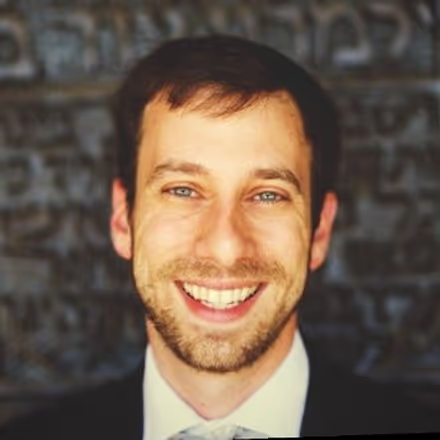
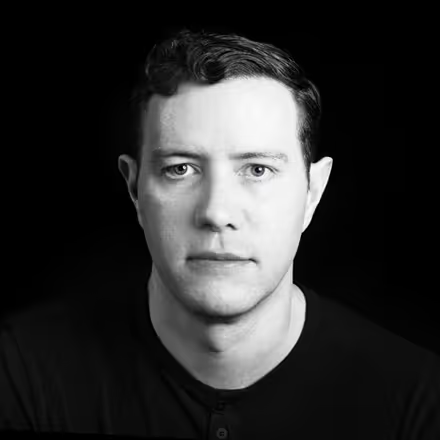
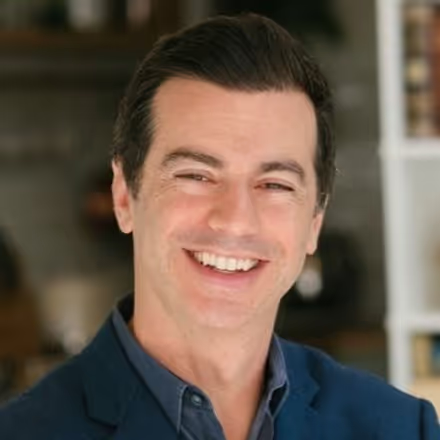
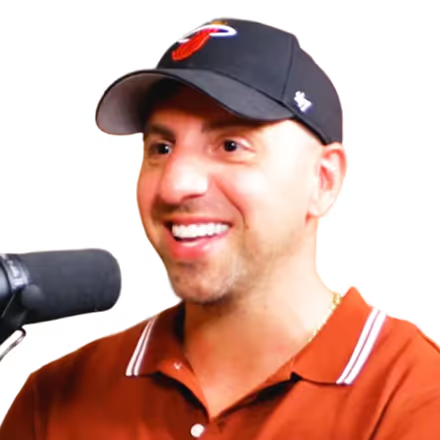
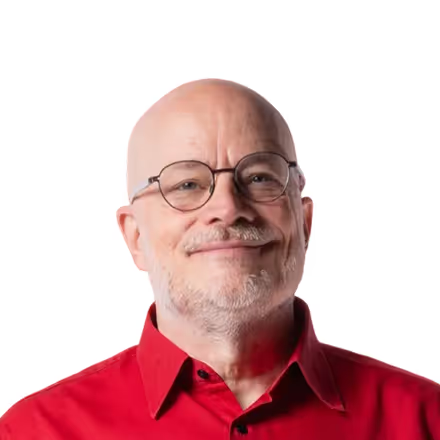
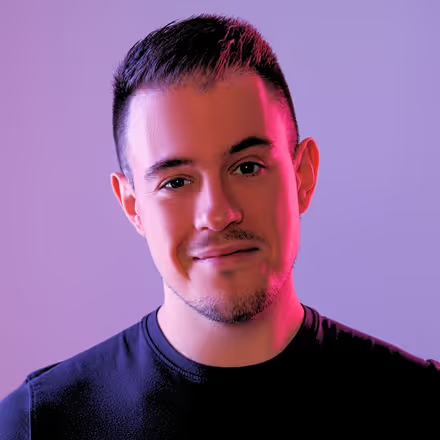
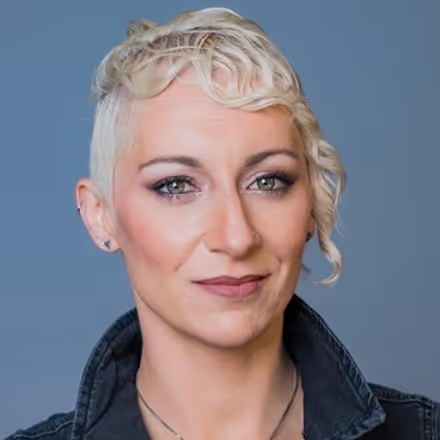
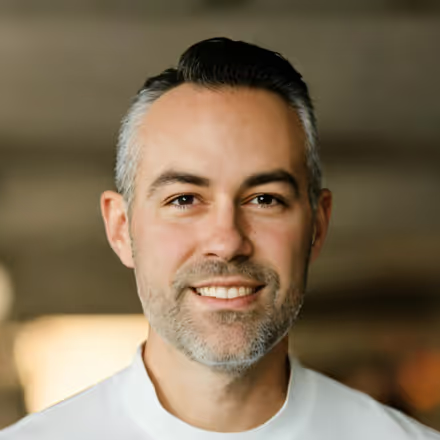



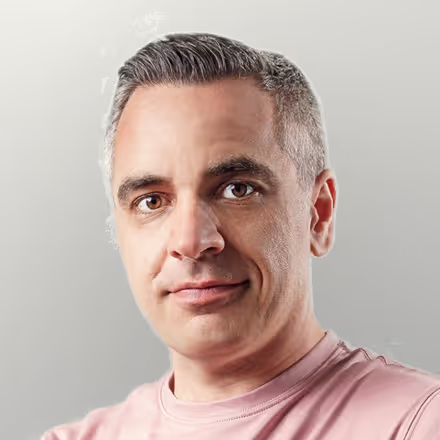


Driving marketing team efficiency with AI
Your roadmap to smarter marketing workflows


